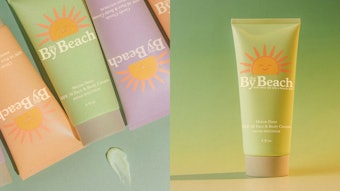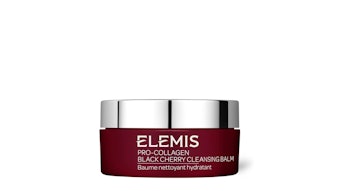
Creating a successful retail display is part art and part science. Not a designer or an artist? Few are. The five key elements of retail display will help you succeed like the pros.
1. Products
In as few words as possible, identify the purpose of your retail display. Of course you want to sell more products—but first, get specific. Base your purpose on your target market and clients’ needs. Do you have guests who travel for winter vacations? Travel sizes are an effective product choice.
You do not need to display all the items in your product line. Narrow your focus to a few relevant choices. Limit yourself to three or five products. Odd numbers are more appealing to the eyes. Be sure to include a variety of price points.
Also feature testers and samples. Products that allow interaction increase the opportunity for a sale because most clients will not buy what they cannot try.
2. Placement
Map out the location of your retail display. Dedicate your prime real estate—generally to the right of the entrance—to the featured display. Most clients will look and walk to the right when entering a room.
Don’t forget to create displays in your treatment rooms, client bathroom and even hallways. A repeated product message and solution is more likely to be noticed.
3. Props
The most effective displays use the 80/20 rule of design: No more than 20% of the display should be props. Let your retail products be the stars and the decorations be the supporting cast. Select props that support the message or theme of your display. For example, if you are promoting travel-sized products, cover the table with maps and include small suitcases and airplane models, or boats for the cruise crowd. Use skis, lift passes and gloves to entice adventure-seekers. Is there music or a scent that can support the message? Engaging all the senses increases the power of the display to attract clients.
Props also can be used to add variety in height, texture and color to your display, which will draw attention to the products. Give yourself permission to try different arrangements of the products and props. You may have to rearrange several times to strike the winning combination.
4. Promotion
Don’t assume that simply creating a display will increase sales. Plan your promotional strategy. Start by thoroughly educating staff on the products and purpose of the retail display.
Then, share information about the product as well as price by creating shelf-talkers. Match the information to the style of the display. A $100 cream shouldn’t be promoted in a cheap plastic frame or on a sheet of paper taped to the table, for example.
Go one step further, and create a take-home card to help clients recall the display, the message and the products. Include a “Don’t forget to pack me” list of the travel-size products you offer.
The visual nature of a new retail display also makes it perfect for promoting on Facebook and Pinterest. Post photos and share information on the benefits of the products, and invite clients to stop in to see the new display and sample the products. Take advantage of online chatter to spread the word.
5. Measure results
The key indicator—and primary goal—of your display is increased retail sales of the featured products. Measure results by tracking successful sales and the characteristics of their respective displays so that you can repeat them in the future. Other indicators of success may be more subtle, but should not be overlooked. Comments from clients—online and in person—and time spent interacting with the product are all indicators that your display is producing the desired result.
Patti Biro is the owner and founder of Patti Biro and Associates, a consulting firm specializing in planning and providing innovative continuing education in the spa and wellness industry. She can be contacted at 760-712-7385 or via e-mail at [email protected].










